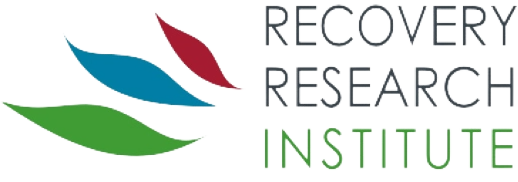1 in 10 Americans report having resolved a significant substance use problem
The skyrocketing overdose rates make headlines daily, but what about all those entering into recovery?
This national study estimated the prevalence, pathways, and predictors of recovery from drug and alcohol problems.
WHAT PROBLEM DOES THIS STUDY ADDRESS?
There are approximately 20 million individuals in the US with a substance use disorder.
- READ MORE
-
In response, thousands of studies have been conducted on the treatment of this enormous public health problem. Yet, the majority of individuals with substance use disorder achieve remission without formal treatment, and those who do seek treatment are typically the most severely affected.
To wholly respond to the burden of substance use disorder on society, a greater understanding of how individuals get better – with or without treatment – and with a range of problem levels is needed. Studying the lived experience of those who once had a substance use problem, but no longer do, can inform the multitude of ways in which society, and policy, can help address the burden of substance use disorder, and facilitate more people getting into, and staying in, recovery.
There have been several ground-breaking studies and expert panels to examine remission and recovery to help build our knowledge of the “many pathways to recovery”. Importantly, these groups have oversampled individuals with more severe profiles, many of whom attended 12-step mutual-help organizations, or have targeted a specific definition of problem resolution for a certain group of individuals, such as individuals in remission from alcohol use disorder. This has prevented the field from deriving an overall estimate of US adults who have resolved a significant alcohol or other drug problem.
HOW WAS THIS STUDY CONDUCTED?
This study by Kelly and colleagues* added to the research in the area by investigating problem resolution using a nationally representative sample of US adults – both geographically and demographically. This representative sample mapped onto eight demographic and geographic benchmarks in the US census (e.g., race/ethnicity, household income, geographic location, etc.).
- MORE ON STUDY METHODS
-
The primary goal was one of estimating national prevalence – to determine what proportion of the US adult population “used to have a problem with drugs or alcohol, but no longer do”. The secondary goal was to determine what percent resolved their problem with and without formal assistance (e.g., medications/treatment/AA etc.), and what types of individual factors were related to use of these different recovery pathways. These formal “pathways” were categorized as:
Assisted = Lifetime use of psychosocial treatment, medication, mutual-help organizations, and other recovery support services (where trained staff deliver services, such as recovery community centers)
Unassisted = No use of these services (sometimes referred to as “natural” resolution)
*Note: One or more authors of this study were Recovery Research Institute Staff, including the director and/or other research scientists. As with all summaries, staff made the greatest possible effort to recognize and account for any potential biases in the review of this article.
WHAT DID THIS STUDY FIND?
In the United States, 9.1%, or 22.35 million adults have resolved a substance use problem.
See below for figures with breakdowns of demographic & clinical characteristics.
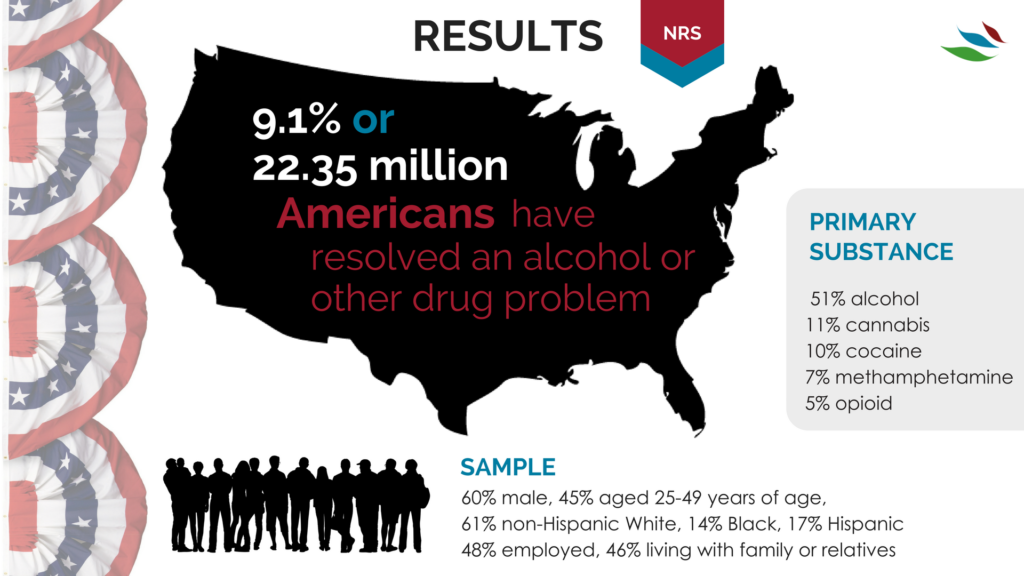
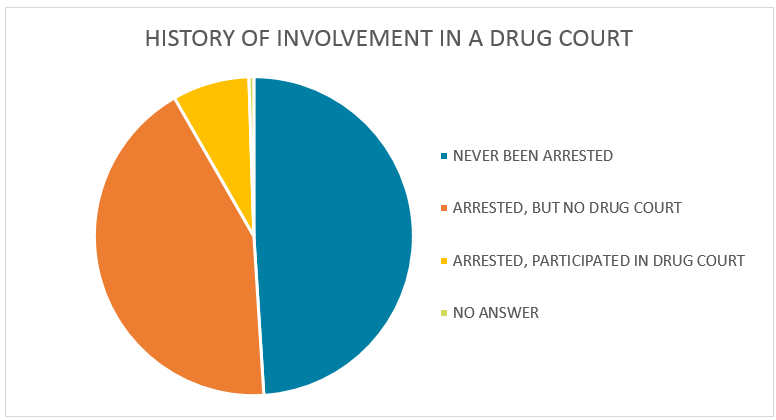
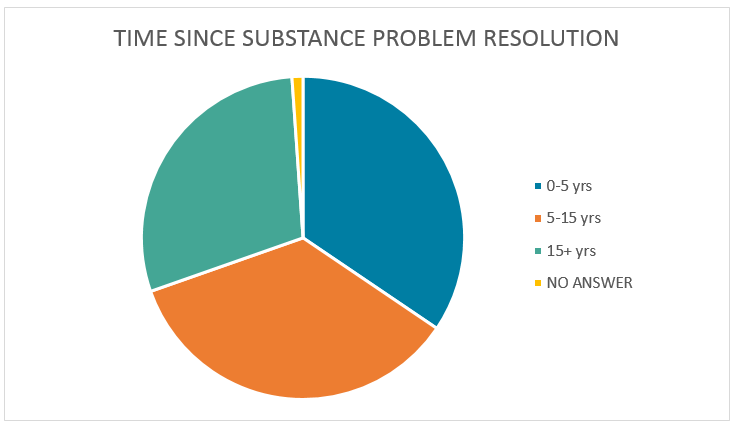
About half were in the Assisted pathway, with mutual-help organizations as the most commonly used service, followed by (non-medication) treatment, recovery support services, and anti-craving/anti-relapse medications for opioid or alcohol use. These services were not mutually-exclusive: someone might have used anywhere from one type of service to all four types.
See below for figure with breakdown of the percent of the sample who used each service.
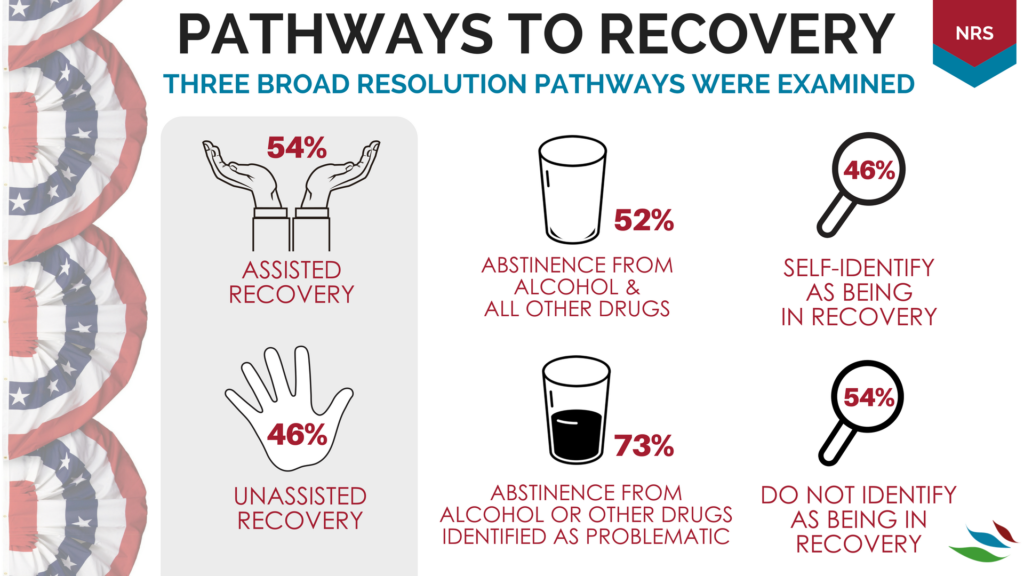

Importantly, although medications was the least commonly used resource, individuals who resolved their problem more recently were significantly more likely to have taken this type of addiction medication: 15% who resolved their problem less than 5 years ago vs. 11% who resolved their problem 5-15 years ago vs. 8% who resolved their problem 15+ years ago.
Factors that were related to an “Assisted” pathway were broadly indicative of a more severe profile. These included:
- having used 2 or 3+ substances vs. 1
- opioid as one’s primary substance compared to alcohol (and alcohol more likely than cannabis)
- first use of any substance younger than age 15
- receipt of a mental health or substance use diagnosis by a medical professional (which, by definition, meant that the person had discussed their substance use and/or mental health with a medical professional)
- having been arrested and, especially, having been referred to drug court.
Also important is that about half used no formal services whatsoever and, similarly, only about half identified as a person “in recovery”. Overall, these findings speak to the potential gains from learning not only about individuals who used treatment, mutual-help organizations, medications, and other services typically organized around a “recovery” paradigm of addressing substance use disorder, but also from the millions of individuals who do not use any formal services.
Many of the nationwide surveys on individuals who resolved a problem are well represented by those “in recovery”, especially who have attended 12-step mutual-help groups. Typically such individuals have more severe substance use profiles, and their substance problem and its subsequent resolution are more central to their lives.
WHY IS THIS STUDY IMPORTANT?
The most important contribution of this study is that it provides the 1st geo-demographically representative estimate of U.S. adults who resolved a substance use problem.
Information on how and why these less severe individuals resolved their substance use problem, on the other hand, may be leveraged to help the 16 million individuals each year with a substance use disorder that seek no services whatsoever – the vast majority of whom do not perceive a need for treatment but are nevertheless at risk for negative life consequences that can also put others around them at risk (e.g., driving under the influence of alcohol).
- LIMITATIONS
-
- The study was cross-sectional and not longitudinal. Although this kind of study design can be suggestive of how people recover “over time”, these cross-sectional findings should be replicated in longitudinal study designs.
- Also due to the study’s cross-sectional design, it is unclear whether information about individuals who resolved their problem many years ago applies to individuals who currently have substance use problems. For example, the fact that use of anti-craving/relapse medication is higher for those with less time since problem resolution suggests, over time, there will be greater rates of medication use given that more FDA approved medications for opioid, alcohol, and potentially other substances in the future will be available.
- Participants indicated themselves whether they used to have a substance use problem – as authors mention, they did not use a structured clinical interview to determine a clinical diagnosis of substance use disorder. The generalizability from this broader, self-defined, problem resolution and other studies using formal diagnostic remission may differ.
- This study did not report combinations of the types of services received. For example, much has been written about the existing rift, as well as potential symbiosis, of 12-step mutual-help organizations and agonist medications like buprenorphine/naloxone (known by its brand name Suboxone) and methadone. Understanding individuals who engage with multiple services, and specifying more and less likely combinations of services may be important for health care systems and other service delivery organizations.
BOTTOM LINE
- For individuals & families seeking recovery: This study shows there are tens of millions of individuals who have resolved a substance use problem. Change is possible. Individuals with more challenges and life-impacting substance problems (e.g., opioid versus cannabis substance of choice), however, may increase their chances of problem resolution by seeking formal services with medical and other health care professionals.
- For scientists: This cross-sectional study shows there are currently tens of millions of individuals who identify as having resolved a substance use problem. This study cannot speak to whether factors that correlated with use of formal services, such as primary substance, were causally related. At the same time, because it is representative of the US adult population and focused on the broader group of individuals who subjectively experienced and subsequently resolved a substance use problem, these data provide important information on the lived experience of those “who used to have a problem with drugs or alcohol but no longer do”.
- For policy makers: This study shows there are tens of millions of US adults who have resolved a substance use problem. Change is possible. While there is a policy focus on which services should be broadly disseminated to address substance problems in the US – half of the group used no services whatsoever. Funding to support research on these individuals would be critical to inform policies that maximize outcomes for individuals with substance use problems who do not seek services – which makes up the vast majority of the substance use disorder population.
- For treatment professionals and treatment systems: This study shows there are tens of millions of US adults who have resolved a substance use problem. Individuals who seek formal services, such as inpatient or outpatient treatment, are likely to have greater challenges and life-impacting substance problems (e.g., opioid versus cannabis as substance of choice). More research is needed to understand whether and how different types of professional and non-professional services (psychosocial treatment, medication, mutual-help organizations, other recovery support services like recovery residences) may be combined or integrated over time to help individuals sustain recovery over the long-term.
CITATIONS
Kelly, J. F., Bergman, B. G., Hoeppner, B. B., Vilsaint, C. L., & White, W. L. (2017). Prevalence and pathways of recovery from drug and alcohol problems in the United States population: Implications for practice, research, and policy. Drug and Alcohol Dependence, 181(Supplement C), 162-169. doi: https://doi.org/10.1016/j.drugalcdep.2017.09.028
**Note: One or more authors of this study were Recovery Research Institute Staff, including the director and/or other research scientists. As with all summaries, staff made the greatest possible effort to recognize and account for any potential biases in the review of this article.

